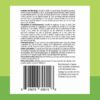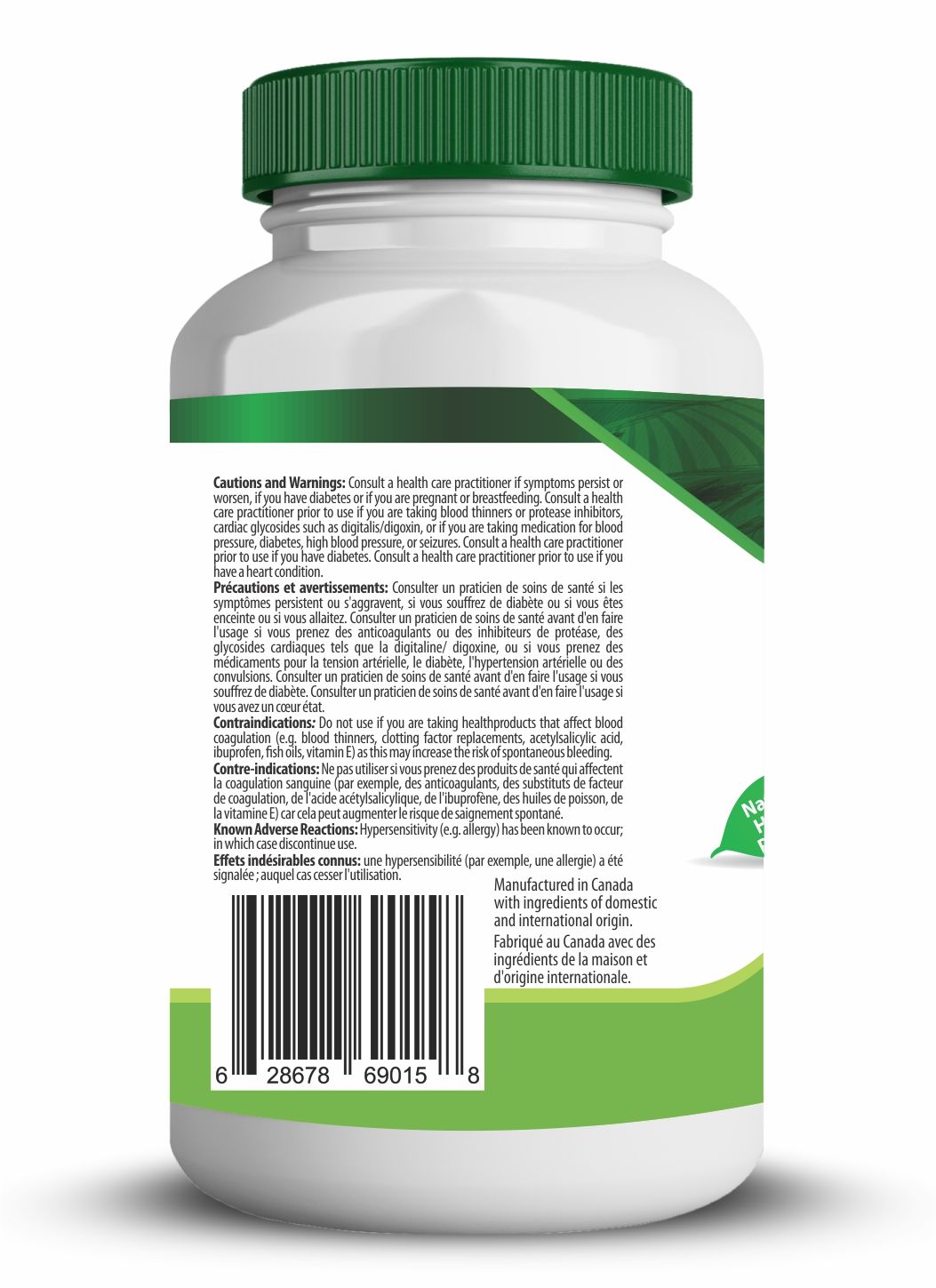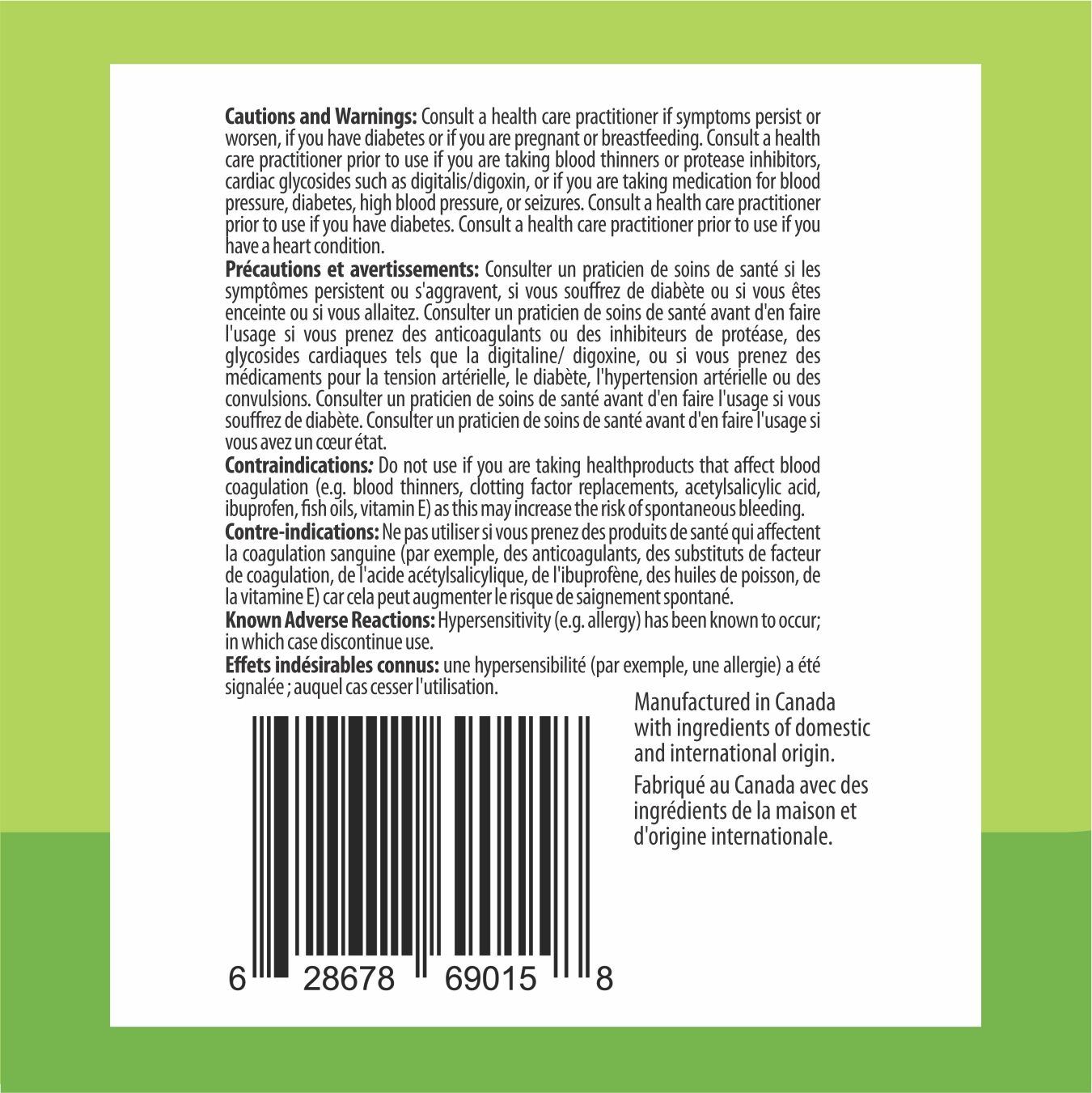
Heart Support ( 160 mg Hawthorn ) Halal Gelatin Free Capsules
$19.99
A buildup of fatty plaques in your arteries, or atherosclerosis (ath-ur-o-skluh-ROE-sis) can damage your blood vessels and heart. Plaque buildup causes narrowed or blocked blood vessels that can lead to a heart attack, chest pain (angina) or stroke (Heart disease) Coronary artery disease symptoms may be different for men and women. For instance, men are more likely to have chest pain. Women are more likely to have other signs and symptoms along with chest discomfort, such as shortness of breath, nausea, and extreme fatigue. Taking medical advice and supplements can be beneficial.
Recommended dose: Adults: 1 Capsule(s) 1 time(s) per day. Take one capsule a day.
Duration of use: Use for a minimum of 2 months to see beneficial effects. Consult a health Care practitioner for use beyond 8 months.
Recommended use: Used in herbal Medicine to help support cardiovascular health in adults. Hawthorn is used in Herbal Medicine to help maintain and/or support cardiovascular health in adults. Ginkgo Biloba helps to support peripheral circulation. Garlic is used in Herbal Medicine to help reduce elevated blood lipid levels/ hyperlipidemia in adults, also used in Herbal Medicine to help maintain cardiovascular health in adults.

Buy 1 & Get 1 Free
Description
What is Heart Care?
Heart disease is a leading cause of death in the world for both men and women. But we can do a lot to protect your heart and stay healthy. Heart-healthy living involves understanding your risk, making healthy choices, and taking steps to reduce your chances of getting heart disease, including coronary heart disease the most common type. By taking preventive measures, you can lower your risk of developing heart disease that could lead to a heart attack. You can also improve your overall health and well-being.
How does the heart work?
Your heart is a strong muscle that pumps blood to your body. A normal, healthy adult heart is about the size of your clenched fist. Just like an engine makes a car go, the heart keeps your body running. The heart has two sides, each with a top chamber (atrium) and a bottom chamber (ventricle). The right-side pumps blood to the lungs to pick up oxygen. The left side receives blood rich with oxygen from the lungs and pumps it through arteries throughout the body. An electrical system in the heart controls the heart rate (heartbeat or pulse) and coordinates the contraction of the heart’s top and bottom chambers.
What Is Heart Disease?
Heart disease is caused by atherosclerosis, which is the buildup of fatty deposits, or plaques, in the walls of the coronary arteries over many years. The coronary arteries surround the outside of the heart and supply blood nutrients and oxygen to the heart muscle. When plaque builds up inside the arteries, there is less space for blood to flow normally and deliver oxygen to the heart. If the flow of blood to your heart is reduced by plaque buildup or is blocked if a plaque suddenly ruptures, it can cause angina (chest pain or discomfort) or a heart attack. When the heart muscle does not get enough oxygen and blood nutrients, the heart muscle cells will die (heart attack) and weaken the heart, diminishing its ability to pump blood to the rest of the body.
Signs of Heart Disease:
Early heart disease often doesn’t have symptoms or the symptoms may be barely noticeable.
Contact your doctor right away if you feel any chest pain, pressure, or discomfort. However, chest pain is a less common sign of heart disease as it progresses, so be aware of other symptoms.
Pain, numbness, and/or tingling in the shoulders, arms, neck, jaw, or back
- Shortness of breath when active, at rest, or while lying flat
- Chest pain during physical activity that gets better when you rest
- Lightheadedness
- Dizziness
- Confusion
- Headaches
- Cold sweats
- Nausea/vomiting
- Tiredness or fatigue
- Swelling in the ankles, feet, legs, stomach, and/or neck
- Reduced ability to exercise or be physically active
- Problems doing your normal activities
Problems with arrhythmia are much more common in older adults than younger people. Arrhythmia needs to be treated. See a doctor if you feel a fluttering in your chest or have the feeling that your heart is skipping a beat or beating too hard, especially if you are weaker than usual, dizzy, tired, or get short of breath when active.
What Can I Do to Prevent Heart Disease?
There are many steps you can take to keep your heart healthy.
- Try to be more physically active. Talk with your doctor about the type of activities that would be best for you. If possible, aim to get at least 150 minutes of physical activity each week. Every day is best. It doesn’t have to be done all at once.
- Start by doing activities you enjoy—brisk walking, dancing, bowling, bicycling, or gardening, for example. Avoid spending hours every day sitting.
- If you smoke, quit. Smoking is the leading cause of preventable death. Smoking adds to the damage to artery walls. It’s never too late to get some benefit from quitting smoking. Quitting, even in later life, can lower your risk of heart disease, stroke, and cancer over time.
- Follow a heart-healthy diet. Choose foods that are low in trans and saturated fats, added sugars, and salt. As we get older, we become more sensitive to salt, which can cause swelling in the legs and feet. Eat plenty of fruits, vegetables, and foods high in fiber, like those made from whole grains. Get more information on healthy eating from NIA. You also can find information on the Dietary Approaches to Stop Hypertension (DASH) eating plan and the U.S. Department of Agriculture’s Food Patterns.
- Keep a healthy weight. Balancing the calories, you eat and drink with the calories burned by being physically active helps to maintain a healthy weight. Some ways you can maintain a healthy weight include limiting portion size and being physically active. Learn more about how to maintain a healthy weight from NIA.
- Keep your diabetes, high blood pressure, and/or high cholesterol under control. Follow your doctor’s advice to manage these conditions, and take medications as directed.
Cholesterol
High blood cholesterol levels can lead to plaque buildup in your arteries. Your doctor can check the level of cholesterol in your blood with a blood test. You must be fasting overnight or for 8 hours before this blood test. This will tell you your overall or total cholesterol level as well as LDL (“bad” cholesterol), HDL (“healthy” cholesterol), and triglycerides (another type of fat in the blood that puts you at risk for heart problems).
Manage stress
Learn how to manage stress, relax, and cope with problems to improve physical and emotional health. Consider activities such as a stress management program, meditation, physical activity, and talking things out with friends or family. To learn more about stress management techniques, visit the National Center for Complementary and Integrative Health. Supplements can be taken with doctors’ advice.
























